Authors
Y. Bohrena, L. H. Tessiera, S. Megata, H. Petitjeana, S. Hugela et al.
Lab
Institut des Neurosciences Cellulaires et Intégratives, Strasbourg, France
Journal
Neurobiology of Disease
Abstract
Neuropathic pain is pain arising as a direct consequence of a lesion or disease affecting the somatosensory system. It is usually chronic and challenging to treat. Some antidepressants are first-line pharmacological treatments for neuropathic pain. The noradrenaline that is recruited by the action of the antidepressants on reuptake transporters has been proposed to act through β2-adrenoceptors (β2-ARs) to lead to the observed therapeutic effect. However, the complex downstream mechanism mediating this action remained to be identified. In this study, we demonstrate in a mouse model of neuropathic pain that an antidepressant's effect on neuropathic allodynia involves the peripheral nervous system and the inhibition of cytokine tumor necrosis factor α (TNFα) production. The antiallodynic action of nortriptyline is indeed lost after peripheral sympathectomy, but not after lesion of central descending noradrenergic pathways. More particularly, we report that antidepressant-recruited noradrenaline acts, within dorsal root ganglia, on β2-ARs expressed by non-neuronal satellite cells. This stimulation of β2-ARs decreases the neuropathy-induced production of membrane-bound TNFα, resulting in relief of neuropathic allodynia. This indirect anti-TNFα action was observed with the tricyclic antidepressant nortriptyline, the selective serotonin and noradrenaline reuptake inhibitor venlafaxine and the β2-AR agonist terbutaline. Our data revealed an original therapeutic mechanism that may open novel research avenues for the management of painful peripheral neuropathies.
BIOSEB Instruments Used
Von Frey Filaments (Bio-VF-M)
Source :
http://www.sciencedirect.com/science/article/pii/S0969996113002337

 Douleur - Allodynie/Hyperalgésie Thermique
Douleur - Allodynie/Hyperalgésie Thermique Douleur - Spontanée - Déficit de Posture
Douleur - Spontanée - Déficit de Posture Douleur - Allodynie/Hyperalgésie Mécanique
Douleur - Allodynie/Hyperalgésie Mécanique Apprentissage/Mémoire - Attention - Addiction
Apprentissage/Mémoire - Attention - Addiction Physiologie & Recherche Respiratoire
Physiologie & Recherche Respiratoire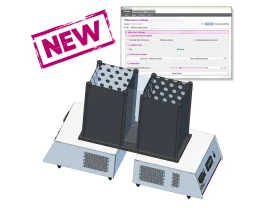
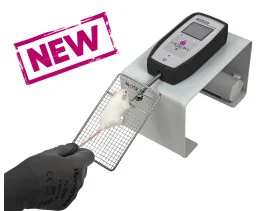
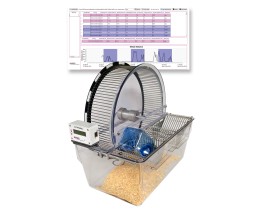

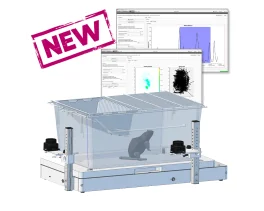

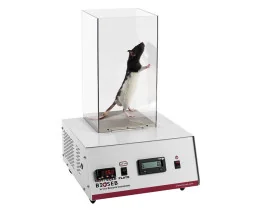
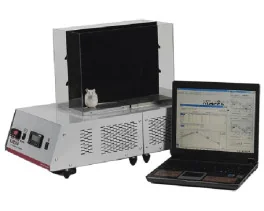

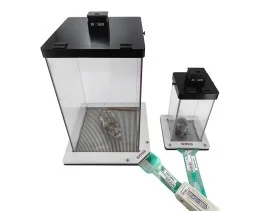

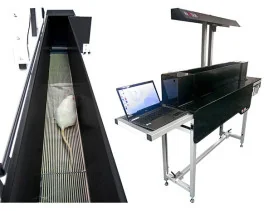
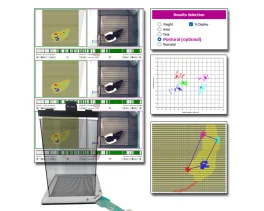
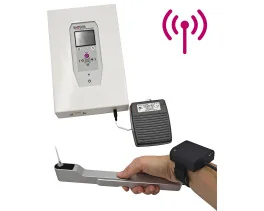
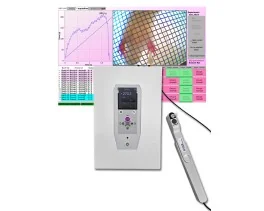

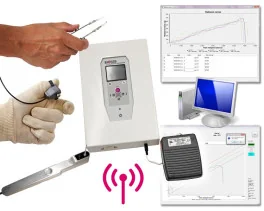

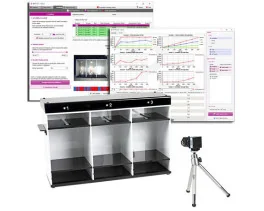
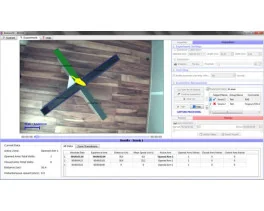
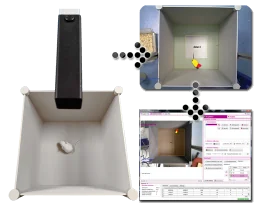


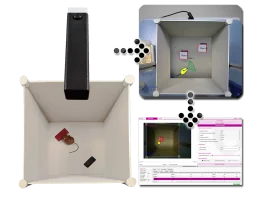

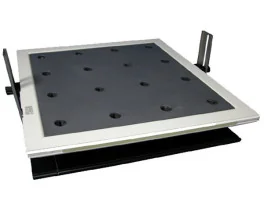


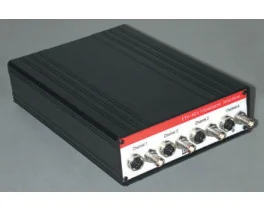
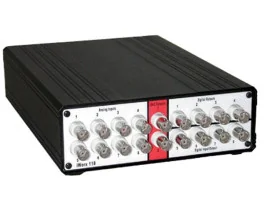
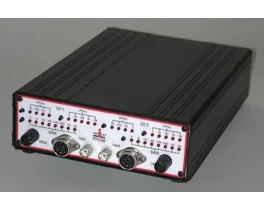
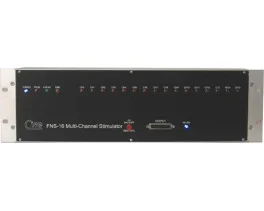
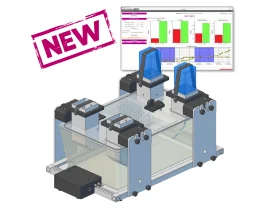
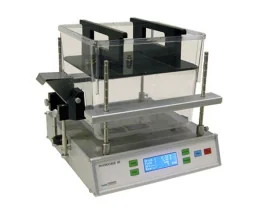
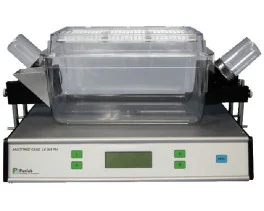
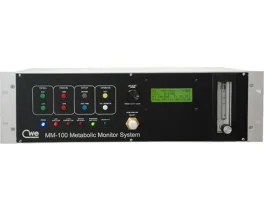
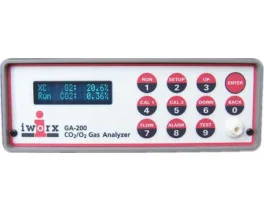
 Douleur
Douleur Système Nerveux Central (SNC)
Système Nerveux Central (SNC)  Neurodégénérescence
Neurodégénérescence Système sensoriel
Système sensoriel Système moteur
Système moteur Troubles de l'humeur
Troubles de l'humeur Autres pathologies
Autres pathologies Système musculaire
Système musculaire Articulations
Articulations Métabolisme
Métabolisme Thématiques transversales
Thématiques transversales Congrès & Meetings
Congrès & Meetings 